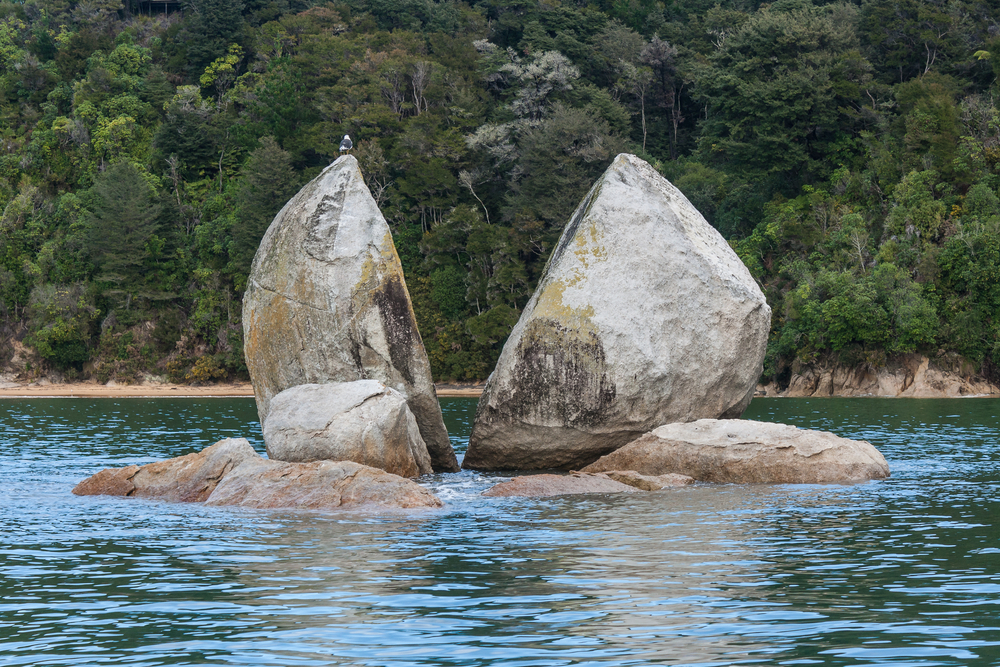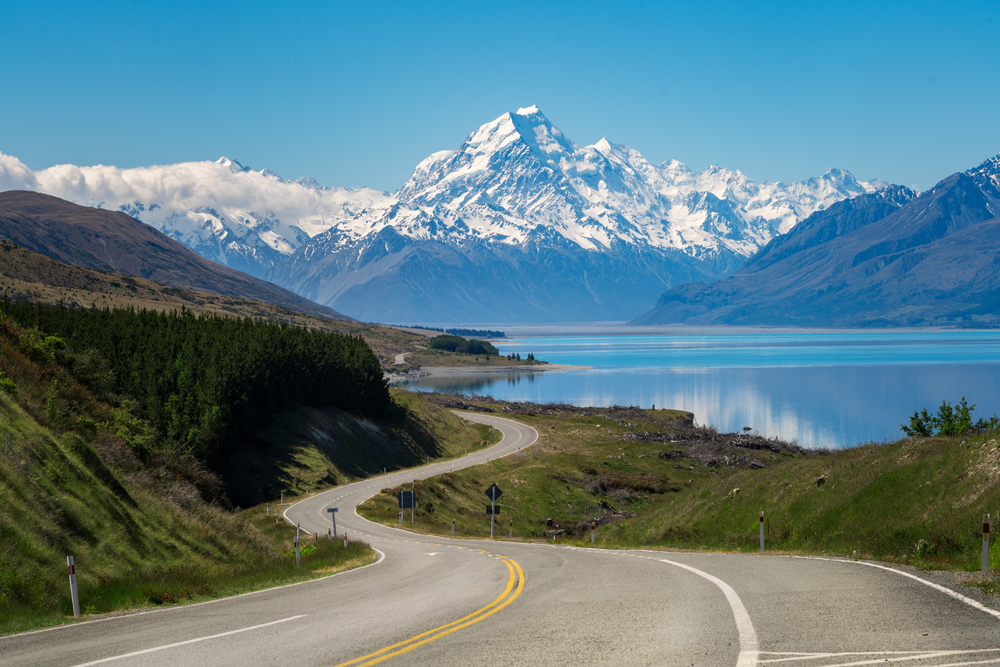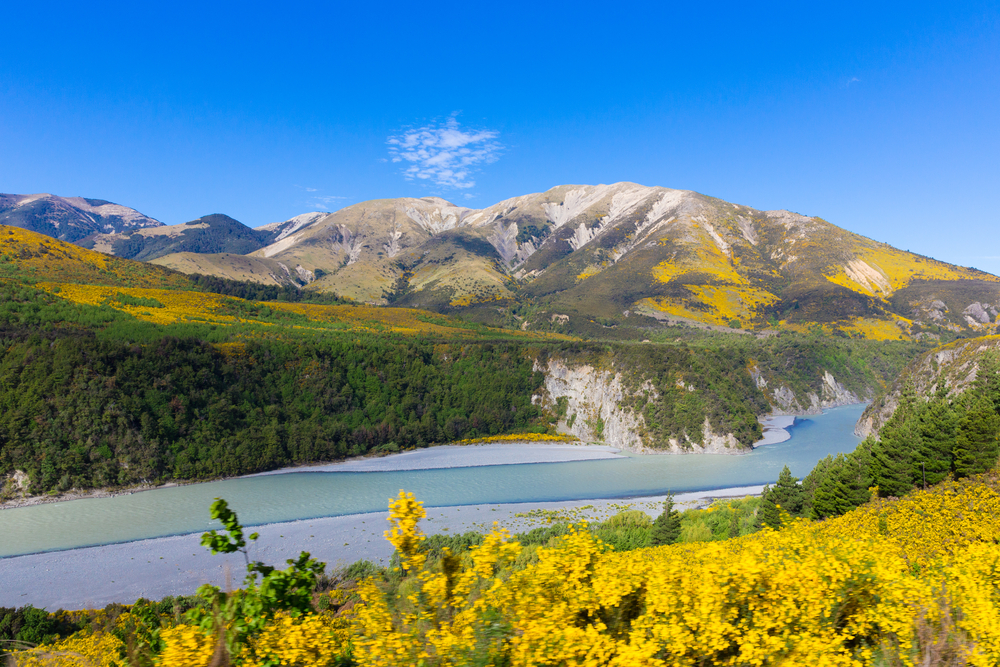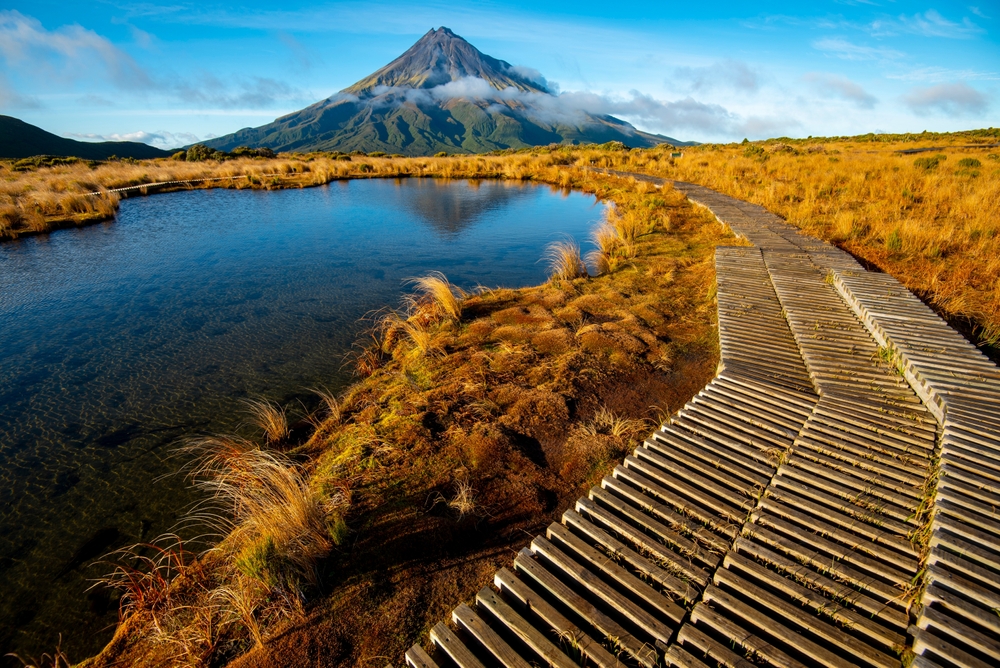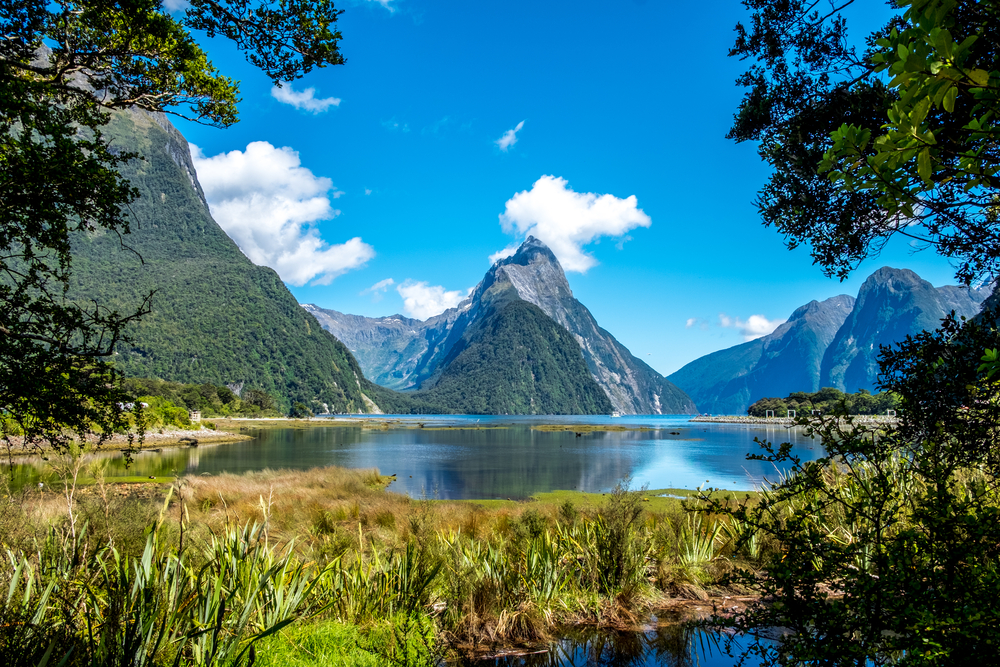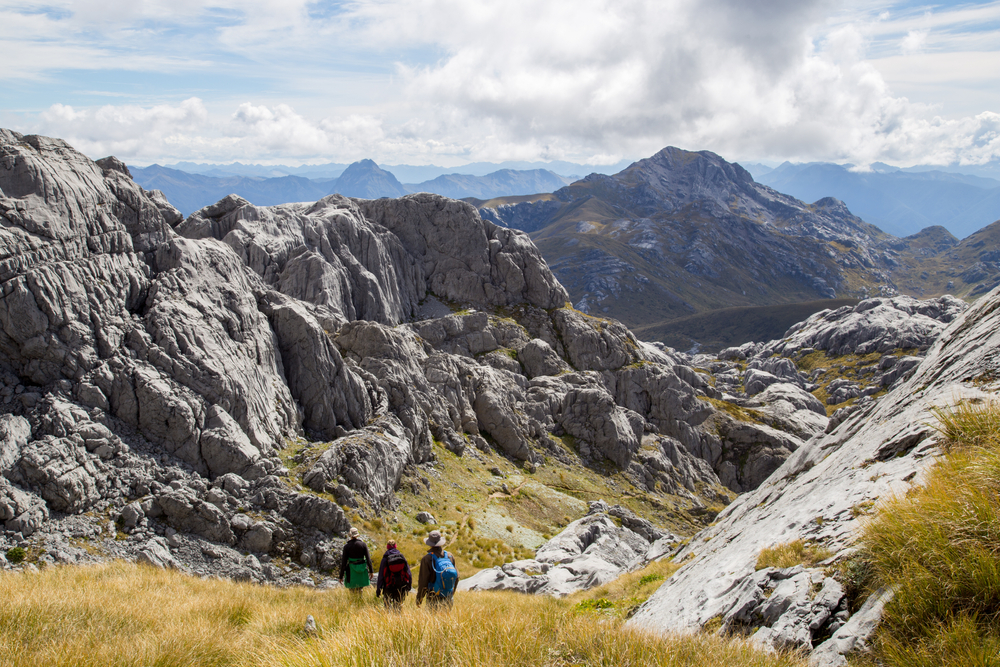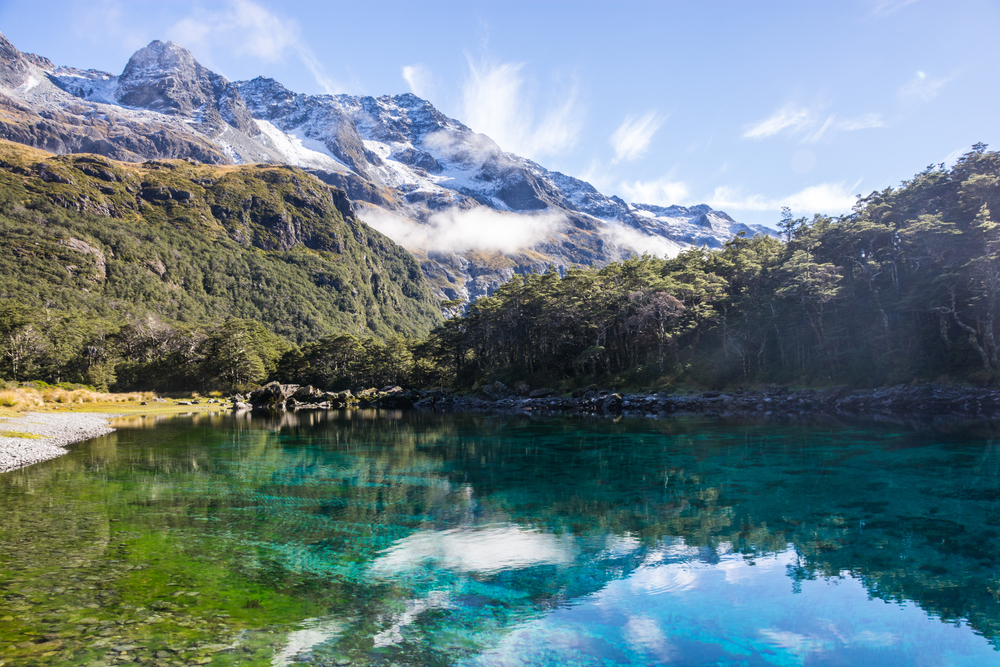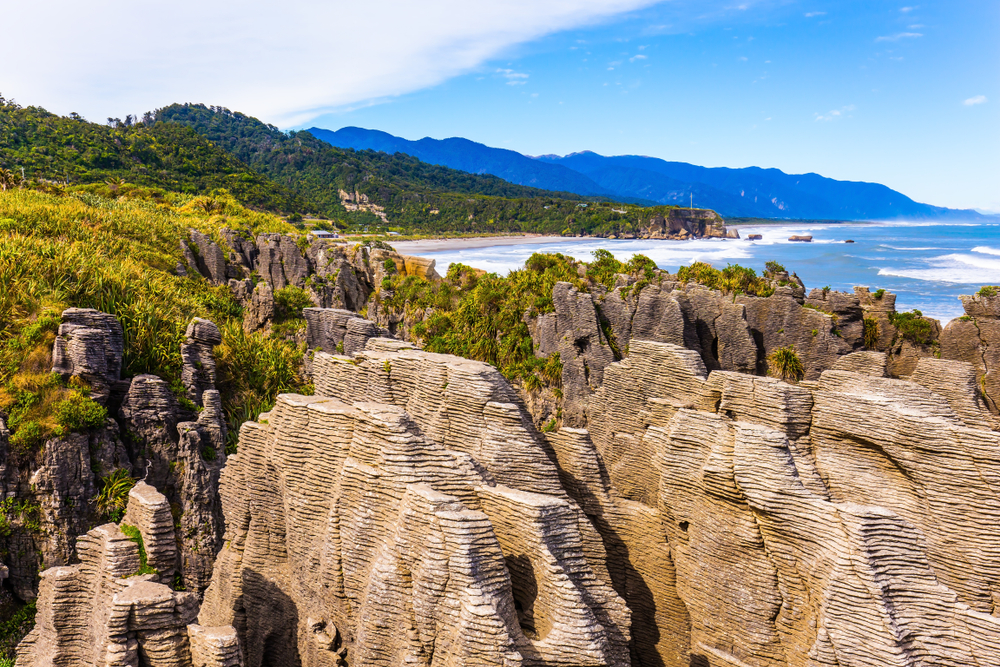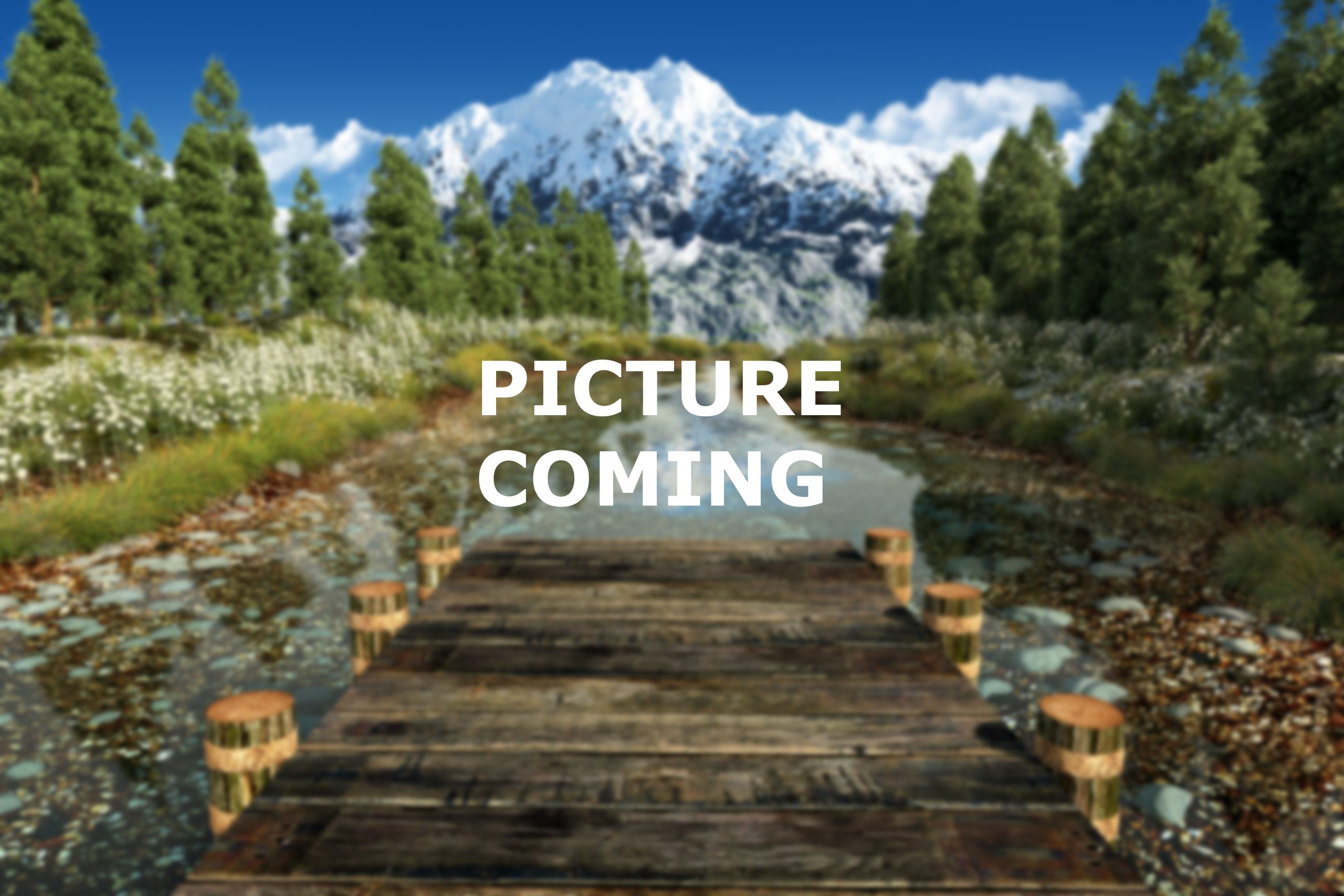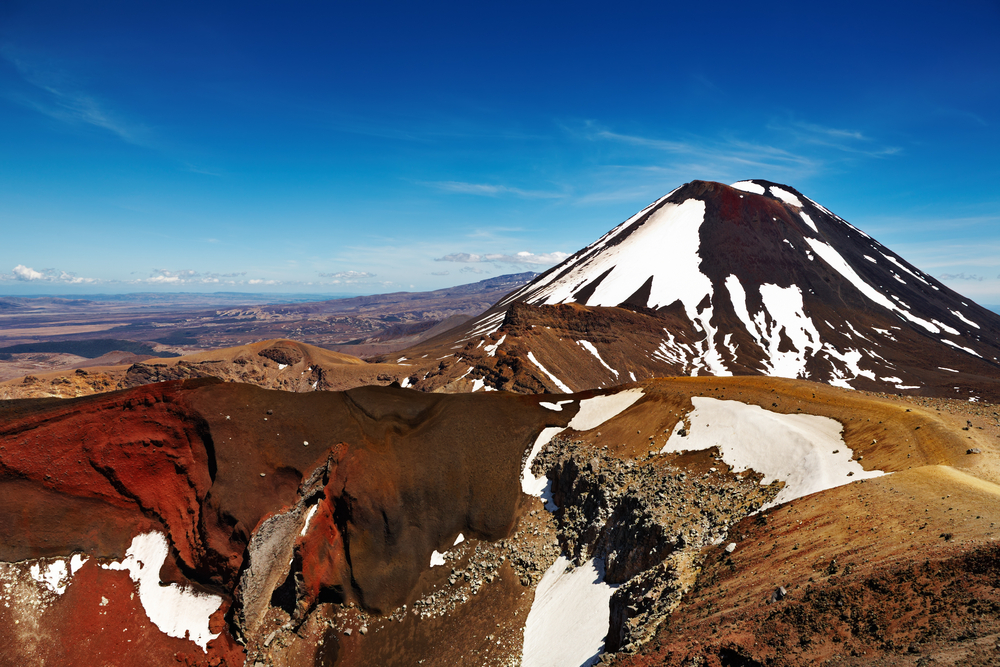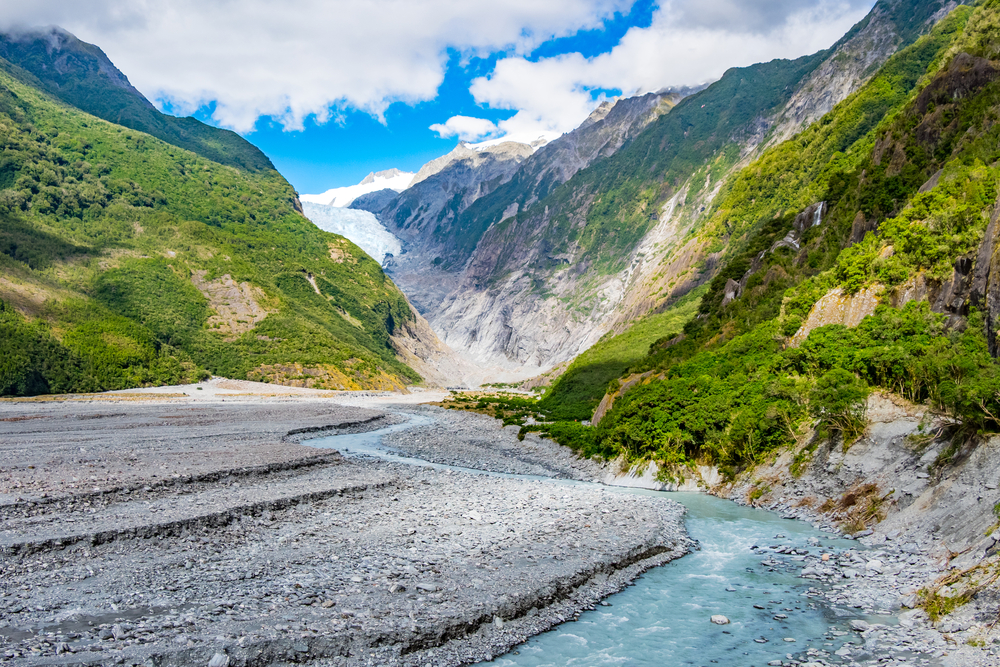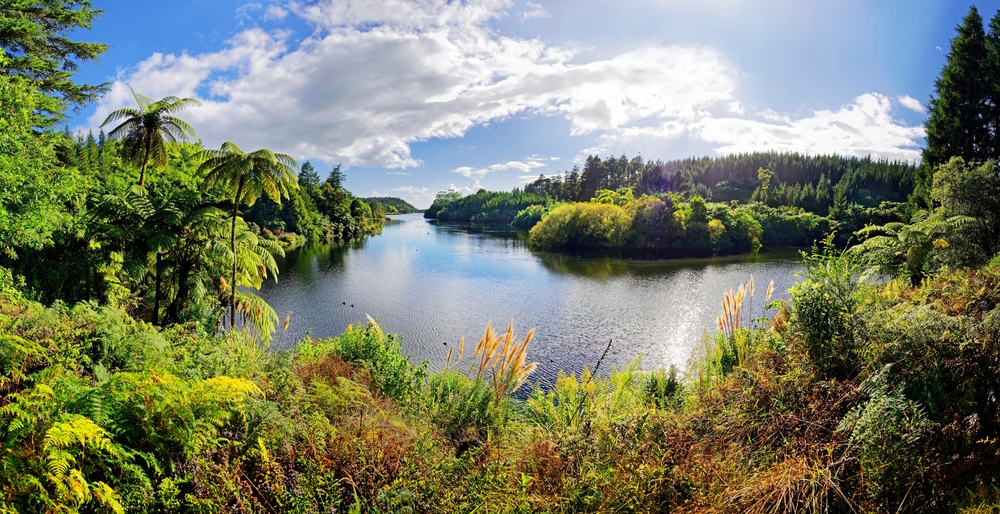New Zealand boasts 13 national parks, each showcasing the country’s extraordinary natural beauty and ecological diversity. These parks protect a wide range of landscapes, from snow-capped peaks and dense rainforests to volcanic terrain and pristine beaches. They are integral to conserving New Zealand’s unique flora and fauna, much of which is found nowhere else on Earth. The parks also hold deep cultural significance, reflecting the close relationship between the Māori people and the land.
One of the most iconic parks is Fiordland National Park, located in the southwest of the South Island. Encompassing over 12,000 square kilometers, it is home to breathtaking fjords like Milford Sound and Doubtful Sound, towering waterfalls, and ancient rainforests. The park’s diverse ecosystems support unique species such as the endangered takahē and kiwi birds. Visitors can explore Fiordland through hiking trails like the famous Milford Track, scenic cruises, and kayaking adventures.
Tongariro National Park, New Zealand’s oldest national park and a dual UNESCO World Heritage Site, combines natural and cultural significance. Located in the central North Island, the park features active volcanoes, including Mount Tongariro, Mount Ngauruhoe, and Mount Ruapehu. The park’s dramatic landscapes include volcanic craters, alpine meadows, and turquoise lakes such as the stunning Emerald Lakes. The Tongariro Alpine Crossing is one of the country’s most popular hikes, offering unforgettable views and insights into Māori traditions tied to the sacred peaks.
Aoraki/Mount Cook National Park is a haven for mountaineers, climbers, and stargazers. Situated in the Southern Alps, it is home to New Zealand’s highest peak, Aoraki/Mount Cook, and several glaciers, including the massive Tasman Glacier. The park’s clear skies make it a designated International Dark Sky Reserve, perfect for astrophotography and night sky enthusiasts. The stunning Hooker Valley Track provides visitors with accessible views of the alpine scenery.
In the northern South Island, Abel Tasman National Park offers a striking contrast with its golden beaches, turquoise waters, and coastal forests. This compact park is ideal for kayaking, swimming, and walking the Abel Tasman Coast Track, one of New Zealand’s Great Walks. The park is also a sanctuary for marine and birdlife, including fur seals and native birds like the tūī and kererū.
Westland Tai Poutini National Park is a highlight of the rugged West Coast, featuring glaciers such as Franz Josef and Fox that descend into temperate rainforests. Visitors can explore these glaciers via guided walks or scenic helicopter flights.
Despite their beauty, New Zealand’s national parks face challenges, including invasive species, habitat degradation, and climate change. Conservation initiatives like predator-free projects, forest restoration, and Māori-led stewardship have seen remarkable progress in preserving these iconic landscapes and their biodiversity.










































































